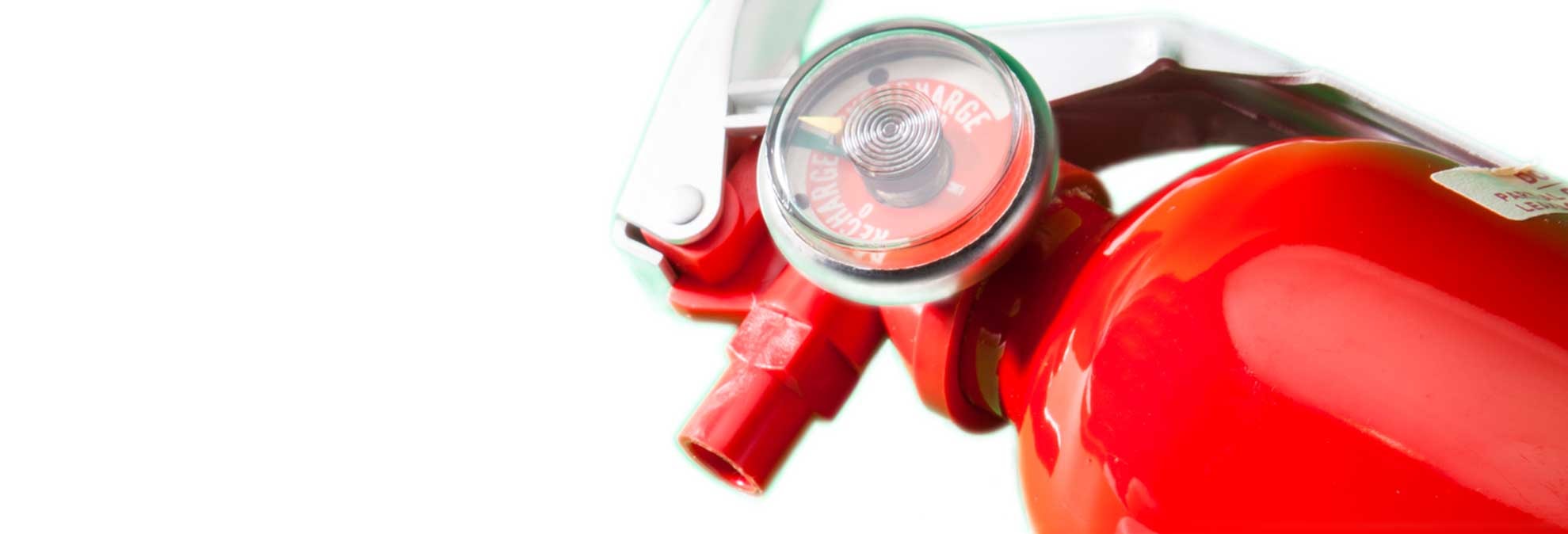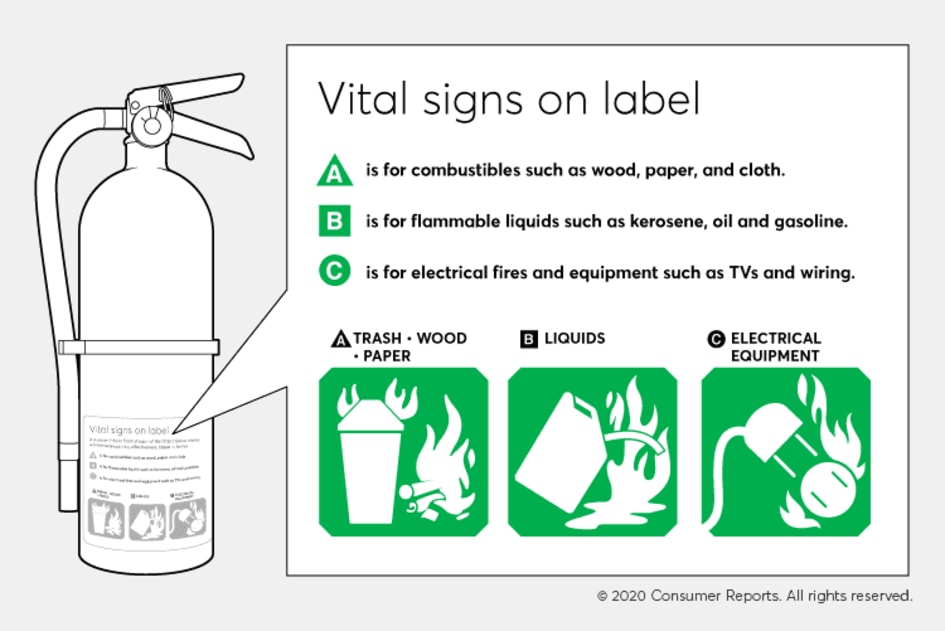
Fire Extinguisher Buying Guide
Consumer Reports no longer updates this product category and maintains it for archival purposes only.
Getting Started
Home fires are often unpredictable, and they can be deadly. That’s why you need one full-floor, multipurpose fire extinguisher on each level of your home and one in your garage, plus smaller, supplemental units for the kitchen and car.
Fire Safety in the Home
Heavier extinguishers have more flame retardant and delivered it quicker and longer in our tests. Though models that weighed more than 9 pounds can be harder to hold and use, you should still buy the largest one you can comfortably handle.
While it might be convenient to keep a fire extinguisher under a kitchen sink, for example, manufacturers recommend you mount extinguishers in their bracket—in a convenient location and in plain sight—3.5 to 5 feet above the ground so they’re out of the reach of small children.
You also need to know how to properly use your extinguishers. When a fire breaks out is not the time to read the instructions on the extinguisher. When you bring the extinguishers home, read the owner’s manual to familiarize yourself with their operation and register them with the manufacturer so you’re aware of any product updates or recalls.
Buy only extinguishers that have been listed or certified by a nationally recognized testing laboratory, such as UL, ETL, CSA, and FM Approvals. You’ll notice letters on the extinguishers, which indicate the type(s) of fires they can handle. Class A are designed to put out rubbish, wood, and paper fires; Class B are for oil and grease fires; and Class C are for electrical fires. Class ABC models work on all the fires above.
No matter which fire extinguisher you buy, make sure its pressure indicator shows "full" and that it was manufactured within the last year. The National Fire Protection Association recommends that dry chemical extinguishers that are intended to be discarded after use should be disposed of 12 years after the date of manufacture. It would be useful if more manufacturers placed an expiration date on their extinguishers.

Chris Philpot Chris Philpot
PASS: Pull, Aim, Squeeze, and Sweep
To increase your chances of successfully and safely extinguishing a fire, use the PASS—pull, aim, squeeze, sweep—technique:
• Pull the pin, hold the extinguisher away from you, and release the locking mechanism.
• Aim low, pointing the extinguisher at the base of the fire.
• Squeeze the lever slowly and evenly.
• Sweep the nozzle from side to side.
Like smoke alarms and carbon-monoxide alarms, which you should replace every 10 years and every five years, respectively, fire extinguishers have a limited service life. Replace home-use nonrechargeable fire extinguishers 12 years after the manufacture date, according to the National Fire Prevention Association. If you’re unsure whether your extinguishers are rechargeable, check the owner’s manual or the pressure gauge. On most extinguishers, a needle on the pressure gauge will sit in a green-colored part of the dial of if the unit is properly charged and to red-colored areas if it needs to be recharged or is overcharged.
To determine whether extinguishers are properly charged, inspect them every 30 days and as detailed in the owner’s manual. If you need to charge rechargeable models, bring it only to a certified fire-equipment-maintenance company.















